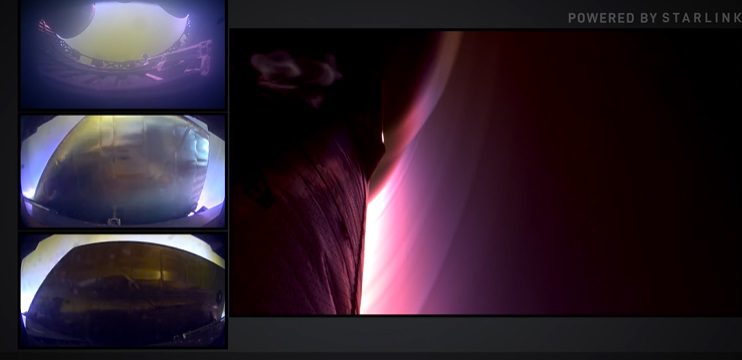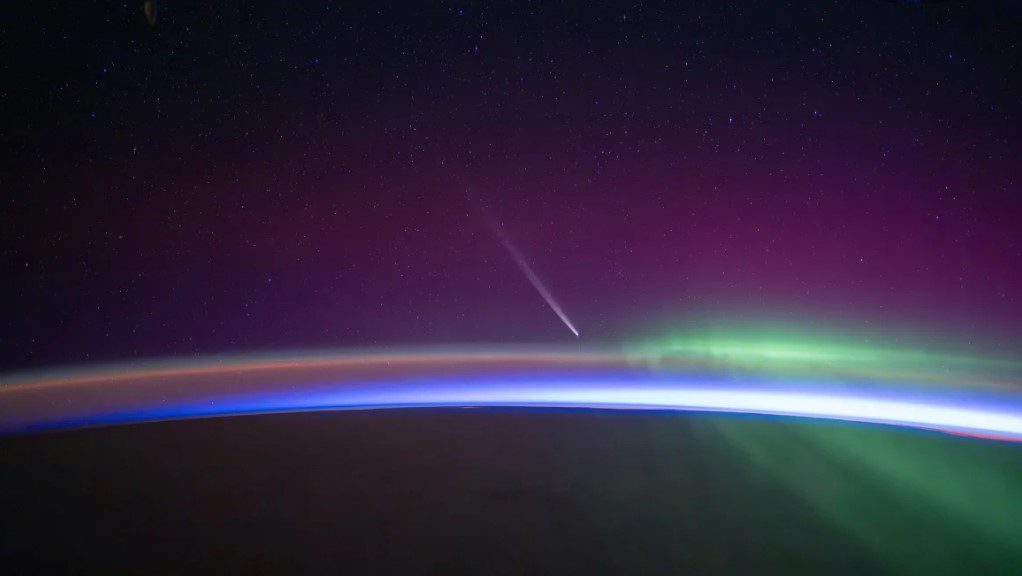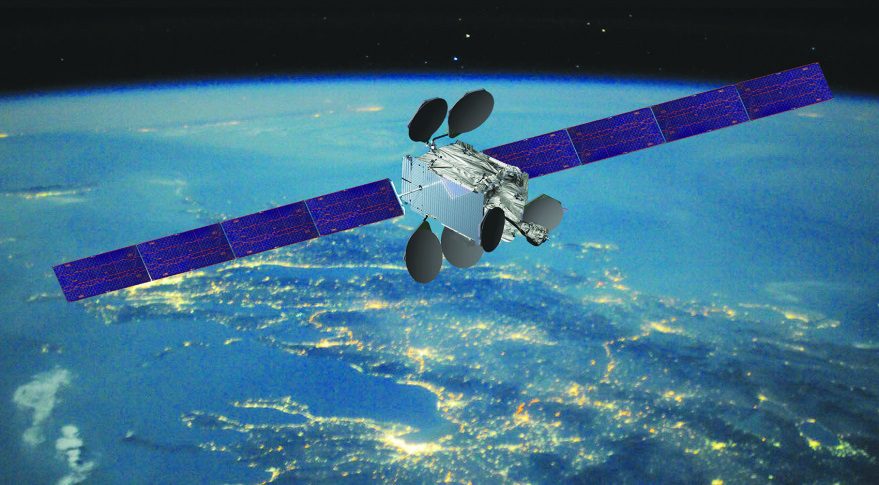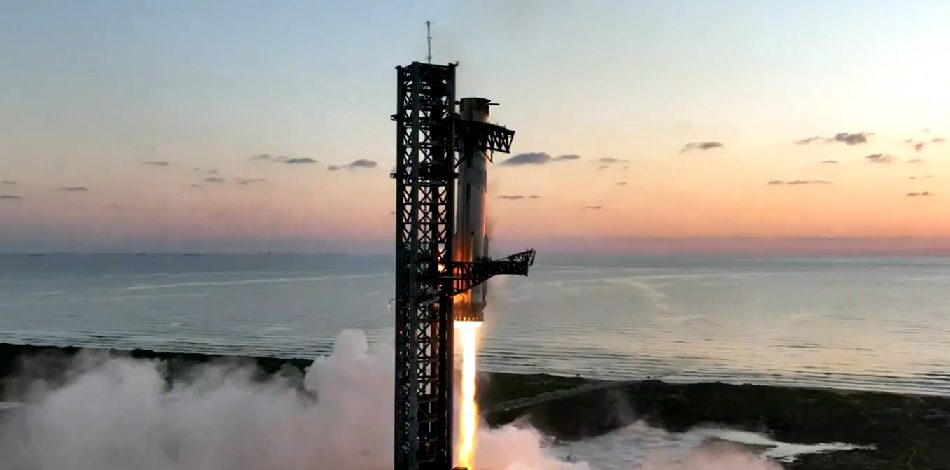It was a busy “Good Friday” for China, which launched not one, but two rockets within hours of each other on 15 April 2022. Long March 3B-G2 (CZ-3B-G2) was the first of the two. It was successfully launched into geostationary transfer orbit (GTO) at 1205 GMT from the Xichang Satellite Launch Centre in the province of Sichuan, south-west China. The rocket carried communications satellite Chinasat 6D which China plans to use to provide radio and TV services across the country. Built by state-owned China Academy of Space Technology (CAST) and operated by China Satcom, ChinaSat 6D – also known as Zhongxing 6D – will replace the ChinaSat 6A satellite (launched in 2010) some years earlier than planned due to its premature retirement caused by an attitude control-related fault.
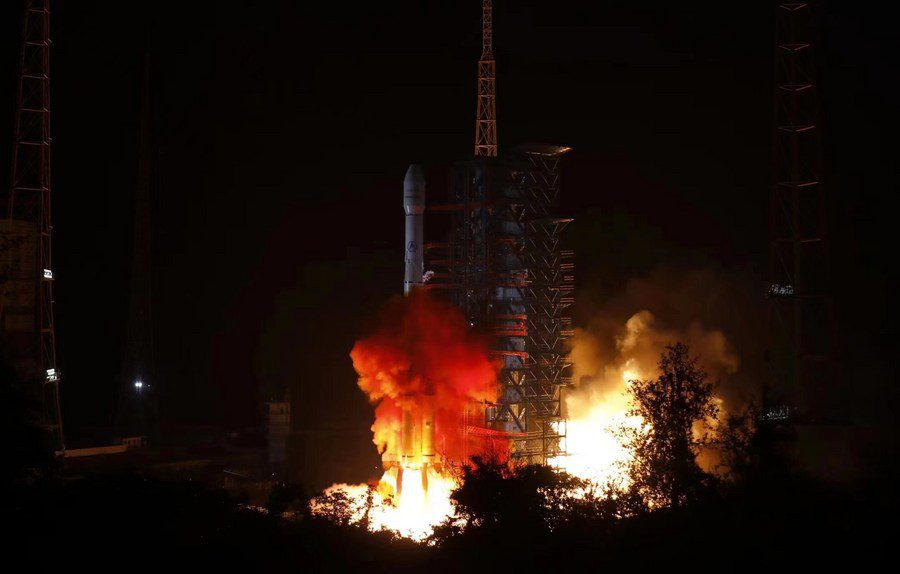
A Long March 3B carrying ChinaSat 6D was launched at 1205 GMT (2005 local time) from the Xichang Satellite Launch Centre in China. Courtesy: Xinhua/Xie Qiyong
Just hours later China also successfully launched a Long March 4C (CZ-4C) launch vehicle into a low Earth orbit (LEO) from the Taiyuan Satellite Launch Center in the Shanxi province in north China, at 1816 GMT on 15 April 2022. The rocket carried the Daqi-1 satellite onboard. Built by the Shanghai Academy of Spaceflight Technology (SAST) it is designed to track atmospheric gases and pollution and monitor climate change.
Using space-based laser imaging, detection, and ranging (LIDAR) capabilities, Daqi-1 will be able to measure nitrogen dioxide, sulphur dioxide, ozone, and fine particle pollution.

